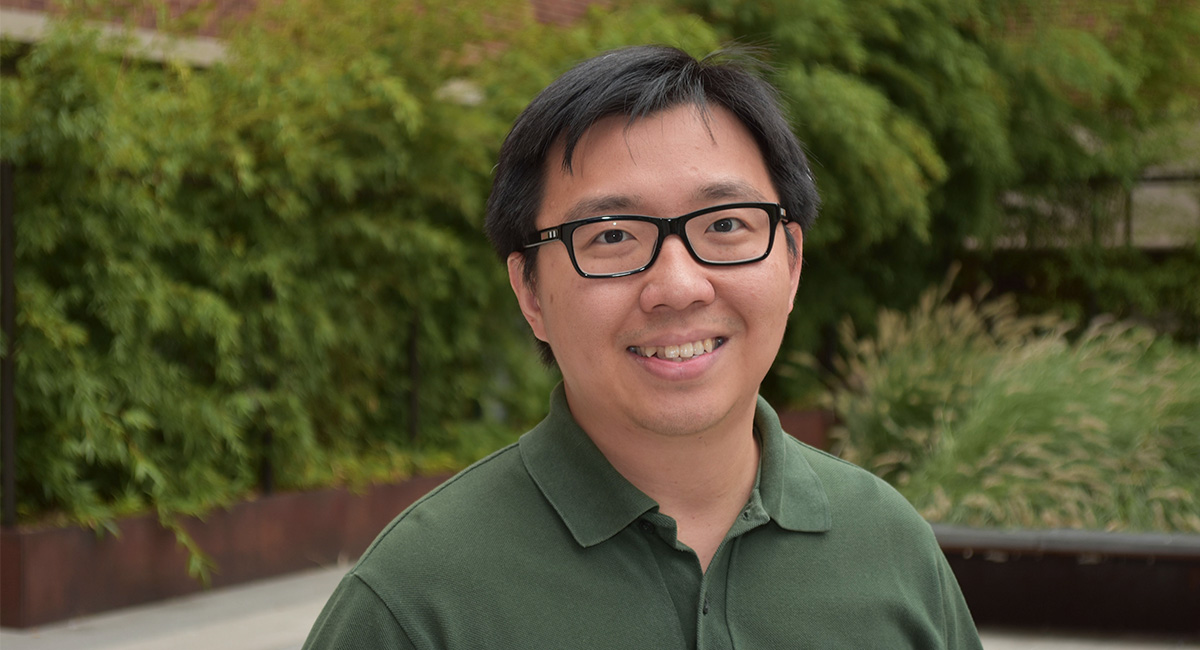
According to U.S. Census reports, Asian Americans make up about 8% of the U.S. population and are the fastest growing minority group in the nation. However, there is limited data on the cardiovascular health and other chronic diseases of these 26.5 million individuals in the U.S. who identify as Asian American, Native Hawaiian, or Pacific Islander (AANHPI).
That’s why the National Heart, Lung, and Blood Institute and four other NIH institutes launched the Multi-ethnic Observational Study in American Asian and Pacific Islander Communities (MOSAAIC) in August 2023, a new seven-year population study, with the Fred Hutch Cancer Center serving as the national coordinating center. Several University of Washington School of Public Health faculty and alumni are playing key leadership roles in these efforts including Gary Chan, professor of biostatistics and health systems and population health.
In this Q&A, Chan shares the importance of this research initiative and its potential public health impact, what is needed to improve health equity among AANHPI populations, and his advice for future public health leaders who want to improve AANHPI health outcomes.
Tell us the story of when you first became interested in public health.
I studied actuarial science as my undergraduate major in Hong Kong, and during that time the SARS epidemic hit. I became aware of the importance of public health and how statistics can contribute to improving health outcomes, so I applied to the doctoral program of biostatistics at Johns Hopkins University and was admitted.
You are involved in a new national collaboration that will study the cardiovascular and chronic health issues of AANHPI populations. Can you explain the importance of this research initiative?
Asian Americans, Native Hawaiians and Pacific Islanders have been systematically underrepresented in medical studies. There are a lot of gaps in our knowledge about the health of these populations and their risk factors for a variety of diseases. We are recognizing and responding to the lack of data for these populations through this study. This monumental effort aims to recruit a cohort of 10,000 participants from different country-of-origin or cultural backgrounds from East Asia, Southeast Asia, South Asia and Pacific Ocean regions, marking a pivotal stride towards comprehending risk factors and health outcomes within these communities.
What do you hope the public health impact of this national collaborative research will be?
The findings of this study will provide evidence with enough granularity and precision to make clinical practice and public health interventions more relevant and targeted to growing AANHPI populations in the U.S.
Are there any research questions from this work that you are most interested in?
I am initially involved in leading the discussion of study design. We have a very diverse population to study, a relatively limited budget, and unique opportunities and challenges presented to our five field centers that recruit participants. Therefore, we need to answer questions on how to balance competing issues including scientific requirements, our goal of inclusiveness and field center constraints. We have clear recruitment targets, but it will require constant monitoring and adjustments in the implementation. The complex design will lead to analysis challenges that we also need to solve subsequently.
What other teams are involved with this work?
The national coordinating center for this study is housed in the Fred Hutch Cancer Center, which includes myself and three other principal investigators: Garnet Andersen, director of Fred Hutch’s public health sciences division, and affiliate professor and SPH alum of biostatistics; Robert Kaplan, affiliate professor and SPH alum of epidemiology; and James Floyd, associate professor of medicine, and adjunct associate professor and SPH alum of epidemiology. The UW team currently consists of myself, James Floyd, Issac Rhew, adjunct associate professor of epidemiology, and Jenny Tsai, associate professor of child, family, and population health nursing. The five field centers are led by researchers at the University of Hawaii, Stanford University, University of Chicago, Fox Chase Cancer Center and New York University.
In your opinion, what is needed to improve health equity among AANHPI populations?
Improving health equity among AANHPI populations requires a multi-pronged approach that addresses systemic, social, economic and cultural barriers. However, solving a problem requires a thorough understanding of it. More funded research is essential to identify the main problems and their possible solutions. AANHPI health research has been disproportionately underfunded, and this gap needs to be addressed. Even with targeted funding opportunities, recruiting participants is challenging due to issues of trust and other barriers that need to be overcome.
What do you wish the general public knew about AANHPI health that might be misunderstood or not talked about enough?
One common misunderstanding is that people assume all Asians have the same health risk for a certain medical condition. That is far from true because Asians from different countries of origin have remarkably different risk profiles that we do not fully understand.
May is National Asian American, Native Hawai’ian, and Pacific Islander Heritage Month and the 2024 theme is “Advancing Leaders Through Innovation.” What’s your advice for our public health leaders who want to improve AANHPI health outcomes?
There are always competing demands and limited resources, so my advice is to be thoughtful and dedicated with your work. It is important to understand that your decision to do or not do something can have a widespread impact, especially on minority groups.